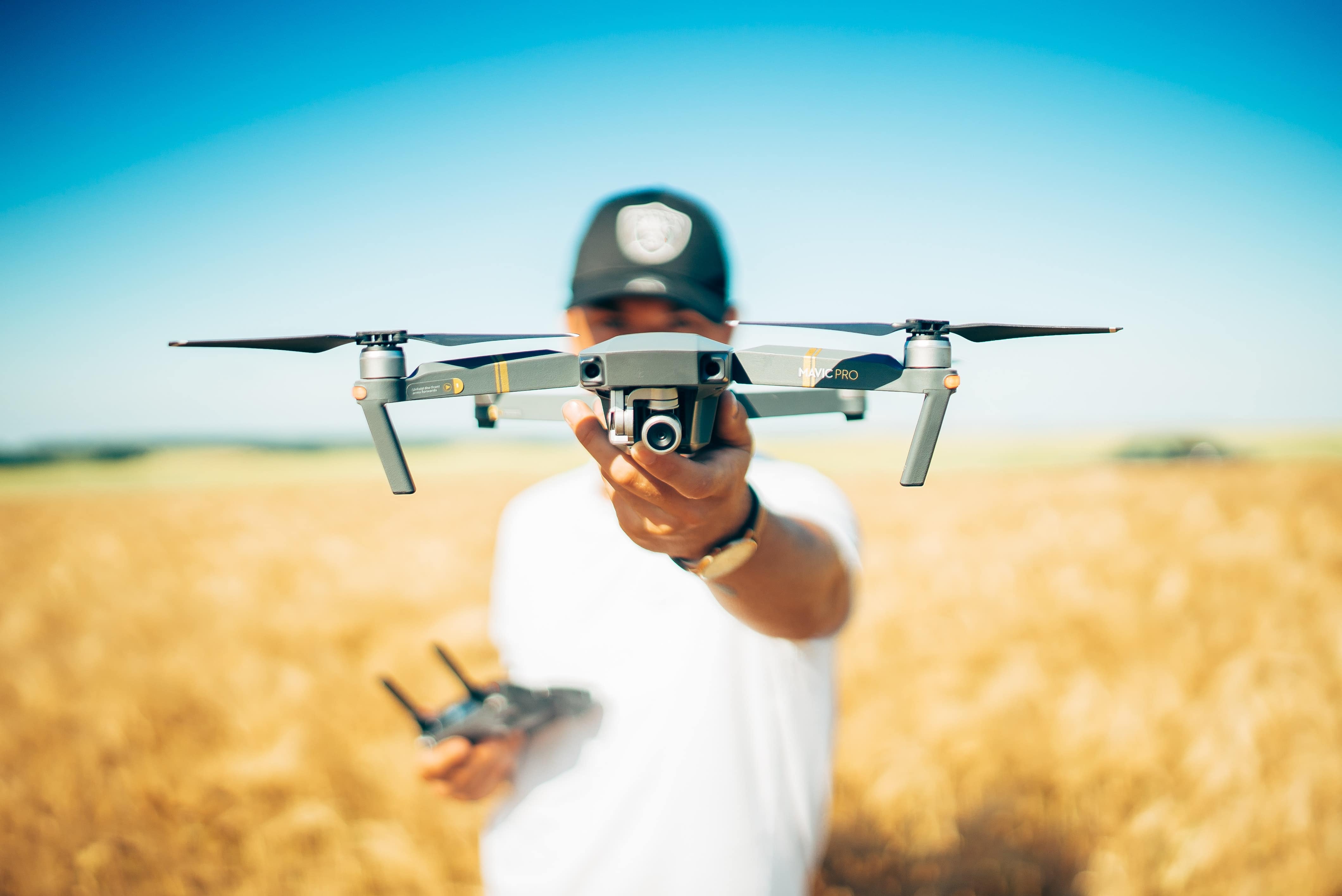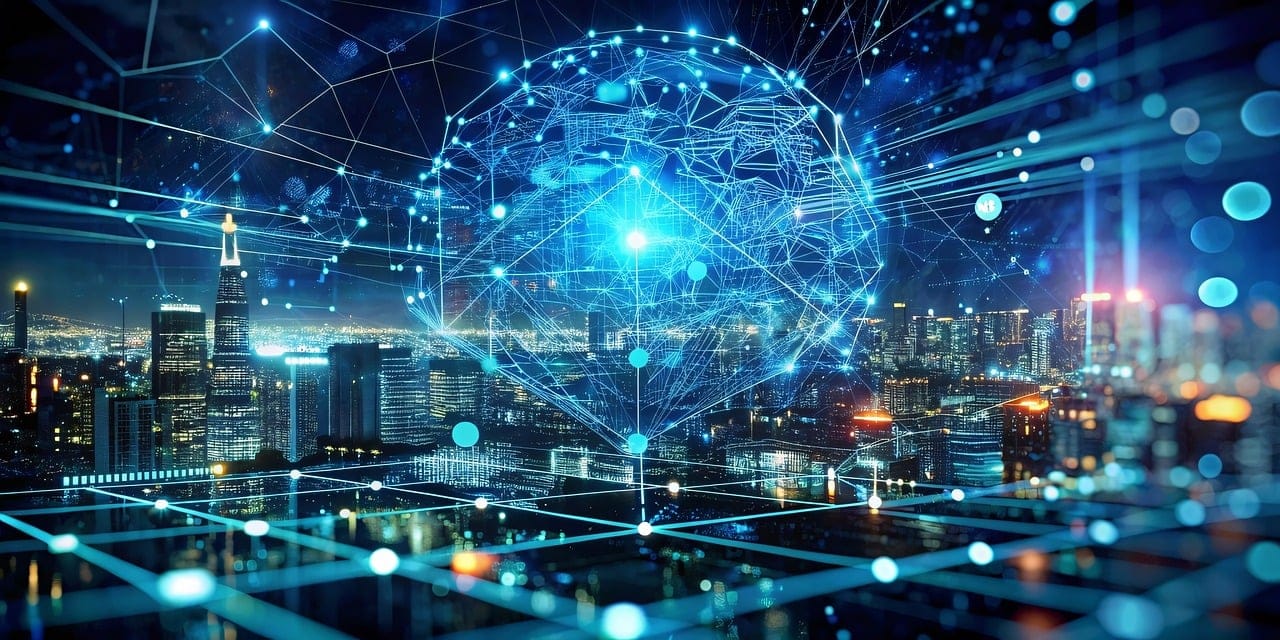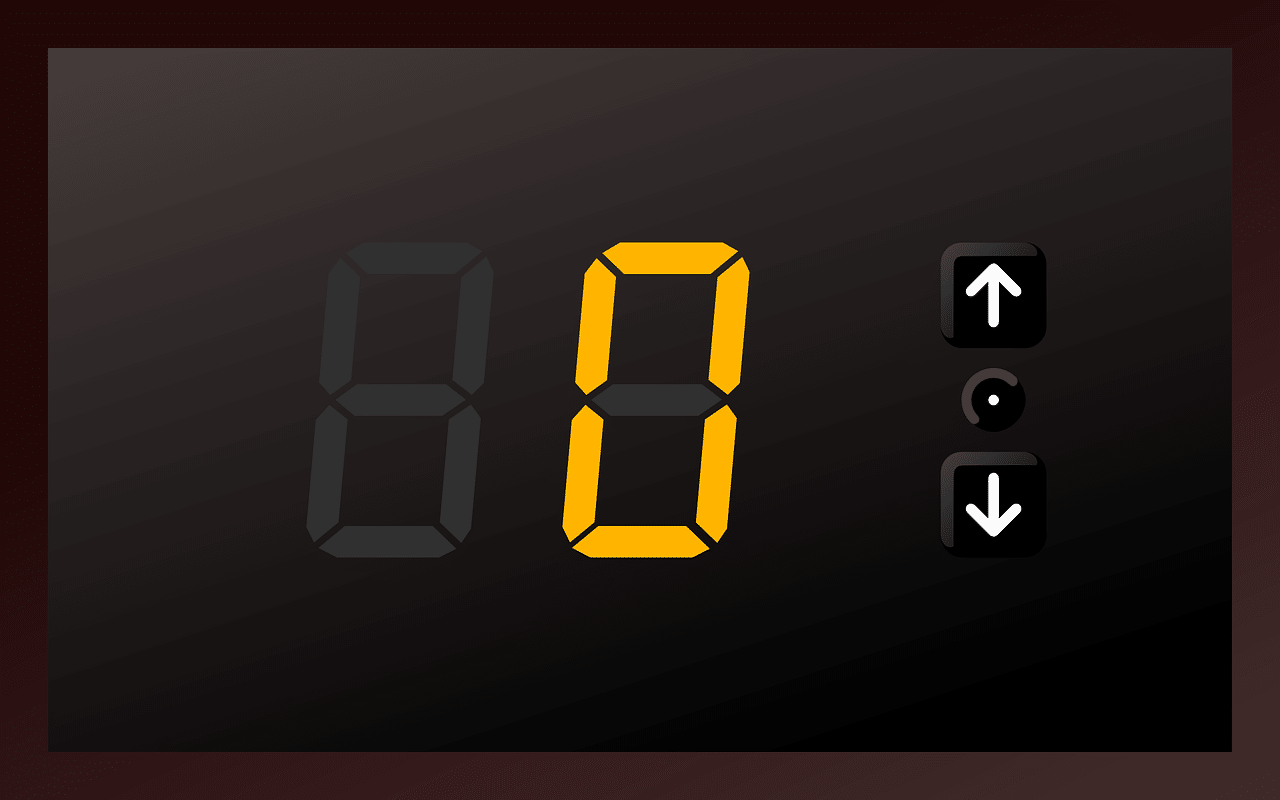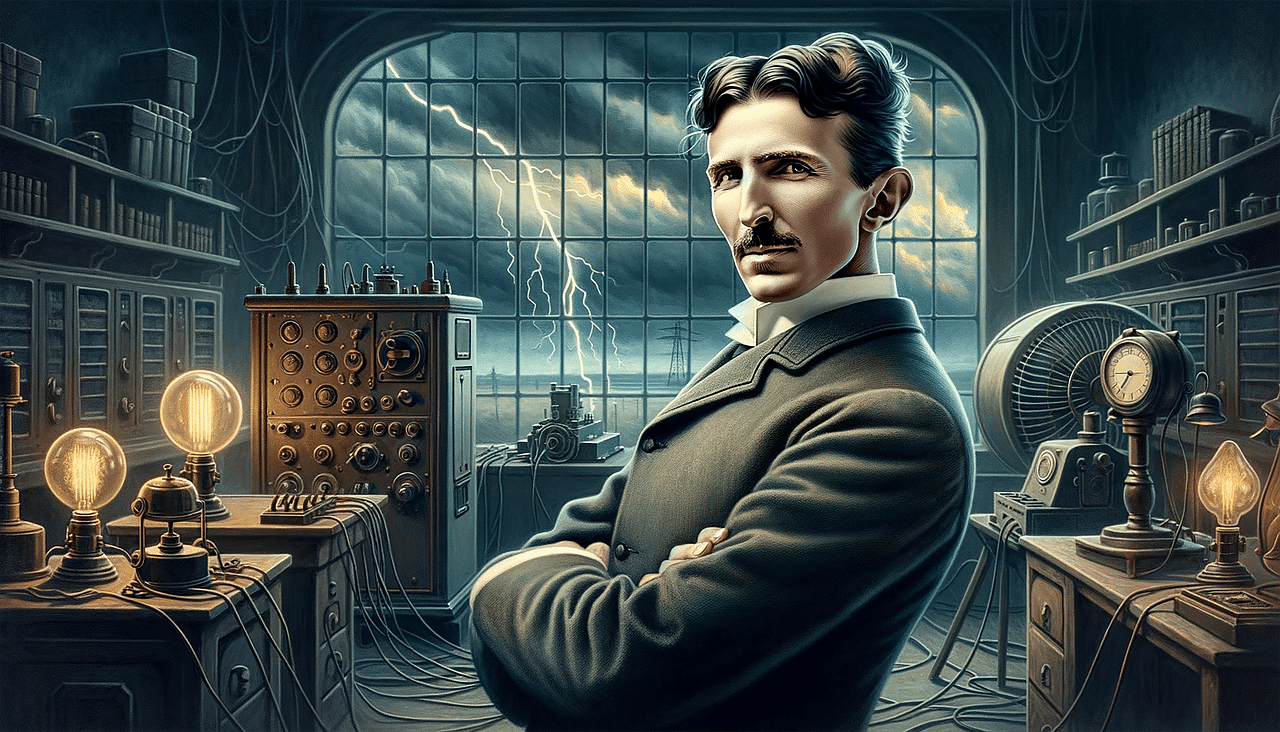
Precision agriculture
What is precision agriculture?
Precision agriculture is a technique for optimizing agricultural processes that exploits the interconnection of devices, the use of technology and management software. We therefore move from traditional agriculture to precision agriculture when a series of technological innovations are integrated into the production processes that allow better monitoring of operations, from sowing to harvest, aimed precisely at optimization: the goal of precision agriculture is therefore to support the performance of the farm, improving the use of means and tools, reducing waste and seeking solutions that allow a better relationship between costs and benefits.
Having developed in recent years and being a subject closely connected to nature, the concept of precision agriculture goes hand in hand with that of green technology. The innovations introduced by precision agriculture are often aimed at improving not only the company’s performance, but also its environmental impact and its eco-sustainability. In this sense, technology serves to replace chemical products with equally efficient natural products, to make room for renewable energy sources and to respect the available resources, reducing waste.
It can therefore be said that the concept of precision agriculture can be inserted into the business trend concerning green technology, green industry, the green economy and agriculture 4.0.
How precision agriculture develops: vehicles, drones and sensors.
The objective of precision agriculture is therefore the optimization of processes, to do this it is first of all necessary to measure a series of data that are subsequently analyzed through ad hoc management software that respond by proposing solutions and communicating the tools to implement these solutions.
Precision agriculture: sensors
We therefore start from the measurement, in this sense a fundamental role is played by the sensors. Sensors are small devices capable of monitoring one or more characteristics; there are sensors to measure and control practically any type of information, from chemical analysis to physical characteristics. The sensors collect the information and send it to a software that processes it. The interconnection of systems is part of a broader topic, that of the IoT, or internet of things. It is precisely a matter that involves the optimization of processes through the use and communication of devices and software. The technological innovation introduced by the IoT can be applied to practically any sector, when it is used in the agricultural sector we therefore begin to talk about precision agriculture or agriculture 4.0.
Precision agriculture: means
Once the information has been collected and processed, the management software is able to provide a series of solutions that allow process optimization. One of the simplest examples to understand this concept is linked to the use of agricultural vehicles: a software can suggest the ideal time to carry out a specific activity, from plowing to harvesting, in such a way as to optimize production based on chemical characteristics. of the ground. This allows you to go out into the fields with vehicles only at ideal times, saving fuel and reducing the environmental impact. Another example is related to irrigation: a sensor can indicate to a management system the characteristics of the soil related to humidity, in such a way as to start irrigation only when necessary and only for the period of time useful to supply the earth. the amount of water it needs. It is not difficult to understand how this can bring enormous economic savings for companies operating on hectares and hectares of land.
Precision agriculture: drones
Drones play a particular role in agriculture 4.0. By now these devices have reached an extremely advanced level of precision and their guidance can be managed remotely and even preset. A drone is an extremely useful tool for doing many agricultural operations. First of all, it allows the monitoring of a specific point of cultivation in a much faster way, to carry out any checks. But above all, a drone can transport seeds, fertilizers and pesticides, differentiating them if there is a need according to the characteristics and the area of land to be hit. A practical example is the natural pesticide: it happens more and more often that parasites are fought by releasing other insects that represent their natural enemies via drones, in such a way as to intervene quickly to solve the problem, safeguard crops and production and at the same time opt for a green and ecological solution.








